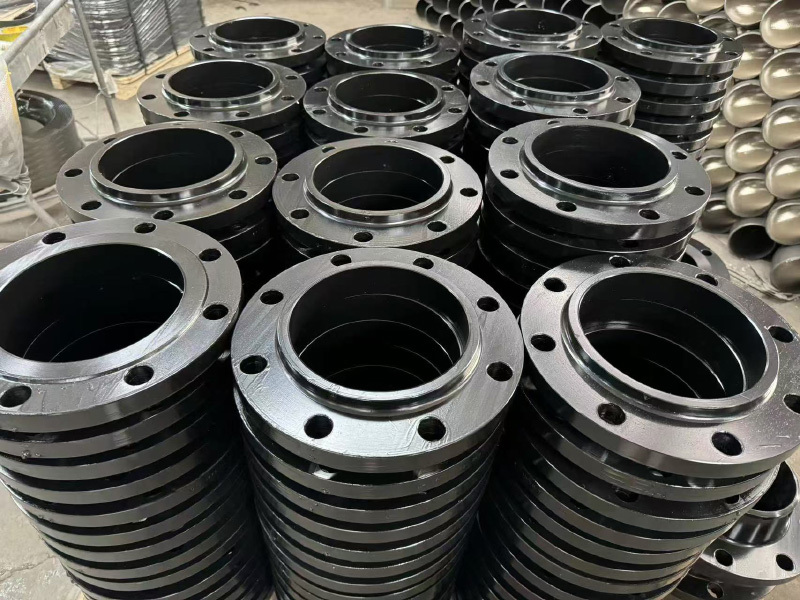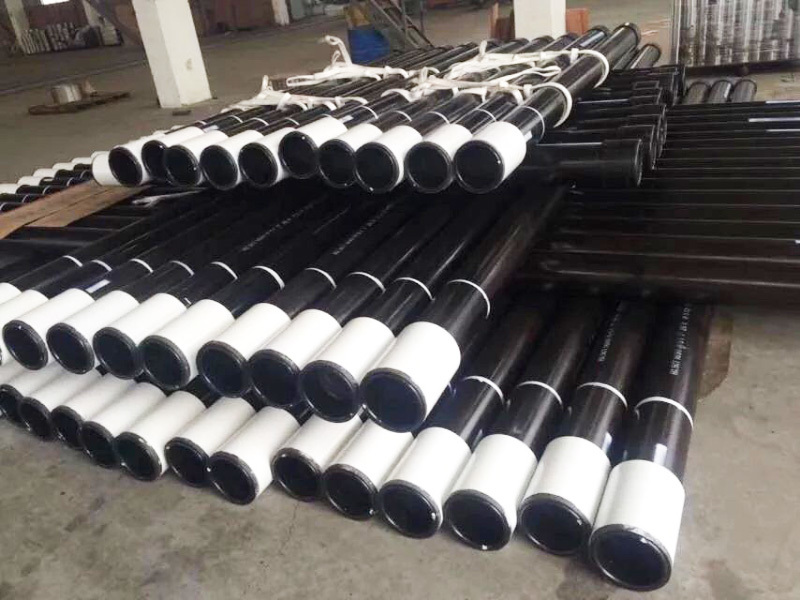Leading Smls Pipe and fittings supplier from China since 1991
Understanding K55 Casing: The Essential Insulating Solution in Electrical Engineering
K55 casing is a type of insulating tube widely used in various electrical applications due to its exceptional dielectric properties and heat resistance. This material is particularly critical in environments where electrical components need protection from moisture, chemicals, and mechanical stress. The versatility of K55 casing makes it suitable for use in a range of electrical and electronic dev
May 04,2025

K55 casing is a type of insulating tube widely used in various electrical applications due to its exceptional dielectric properties and heat resistance. This material is particularly critical in environments where electrical components need protection from moisture, chemicals, and mechanical stress. The versatility of K55 casing makes it suitable for use in a range of electrical and electronic devices, from simple wiring to complex circuit boards.
One of the primary advantages of K55 casing is its high dielectric strength. This property allows it to act as a barrier against electrical currents, preventing short circuits and protecting sensitive components. The insulation provided by K55 casing is essential for maintaining the integrity of electrical systems, especially in high-voltage applications where the risk of arcing or electrical breakdown is significant.
Another important characteristic of K55 casing is its resistance to thermal degradation. In many electrical applications, components generate heat during operation, and effective insulation is crucial to prevent overheating. K55 casing can withstand elevated temperatures without losing its insulating properties, ensuring that electrical systems operate safely and efficiently.
K55 casing is also known for its chemical resistance. In various industrial environments, electrical components may be exposed to harsh substances. The robustness of K55 casing against chemicals helps maintain the longevity of the electrical systems, ensuring that they continue to function effectively over time. This chemical resilience is particularly beneficial in applications such as automotive wiring harnesses and industrial machinery, where exposure to oils, solvents, and other chemicals is common.
Moreover, the flexibility and ease of installation of K55 casing make it a preferred choice among electrical engineers. It can be easily cut, shaped, and fitted to accommodate different configurations, making it adaptable for a wide range of applications. This flexibility not only simplifies the installation process but also enhances the overall safety and reliability of the electrical systems.
When selecting insulation materials like K55 casing, it is essential to consider the specific requirements of the application. Factors such as temperature range, chemical exposure, and mechanical stress should be evaluated to ensure optimal performance. Consulting with industry experts can also provide valuable insights into the best practices for utilizing K55 casing in various projects.
In conclusion, K55 casing plays a crucial role in the electrical engineering sector as an insulation material. Its excellent dielectric strength, thermal resistance, and chemical durability make it an indispensable component in ensuring the safety and efficiency of electrical systems. Understanding the properties and applications of K55 casing can empower professionals to make informed decisions, ultimately enhancing the performance and longevity of their electrical projects.
One of the primary advantages of K55 casing is its high dielectric strength. This property allows it to act as a barrier against electrical currents, preventing short circuits and protecting sensitive components. The insulation provided by K55 casing is essential for maintaining the integrity of electrical systems, especially in high-voltage applications where the risk of arcing or electrical breakdown is significant.
Another important characteristic of K55 casing is its resistance to thermal degradation. In many electrical applications, components generate heat during operation, and effective insulation is crucial to prevent overheating. K55 casing can withstand elevated temperatures without losing its insulating properties, ensuring that electrical systems operate safely and efficiently.
K55 casing is also known for its chemical resistance. In various industrial environments, electrical components may be exposed to harsh substances. The robustness of K55 casing against chemicals helps maintain the longevity of the electrical systems, ensuring that they continue to function effectively over time. This chemical resilience is particularly beneficial in applications such as automotive wiring harnesses and industrial machinery, where exposure to oils, solvents, and other chemicals is common.
Moreover, the flexibility and ease of installation of K55 casing make it a preferred choice among electrical engineers. It can be easily cut, shaped, and fitted to accommodate different configurations, making it adaptable for a wide range of applications. This flexibility not only simplifies the installation process but also enhances the overall safety and reliability of the electrical systems.
When selecting insulation materials like K55 casing, it is essential to consider the specific requirements of the application. Factors such as temperature range, chemical exposure, and mechanical stress should be evaluated to ensure optimal performance. Consulting with industry experts can also provide valuable insights into the best practices for utilizing K55 casing in various projects.
In conclusion, K55 casing plays a crucial role in the electrical engineering sector as an insulation material. Its excellent dielectric strength, thermal resistance, and chemical durability make it an indispensable component in ensuring the safety and efficiency of electrical systems. Understanding the properties and applications of K55 casing can empower professionals to make informed decisions, ultimately enhancing the performance and longevity of their electrical projects.
Hot Tags:
PREVIOUS:






